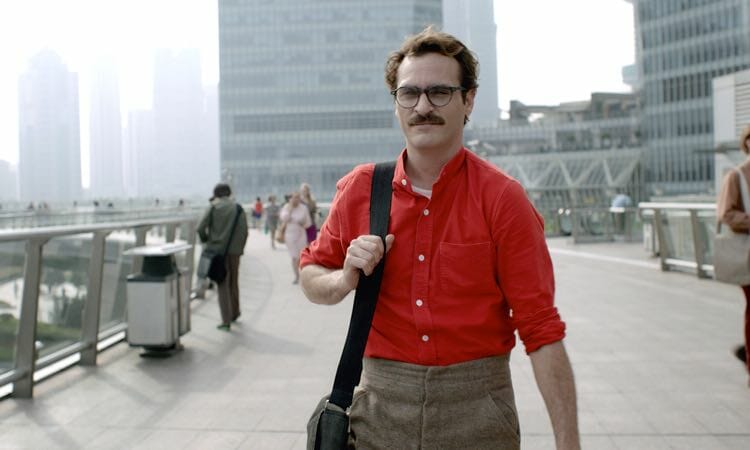Sign up for the
TSL Newsletter
and get $50 off Final Draft 12
By Eric Owusu · November 6, 2014

The answer to the question “where are you?” in a screenplay can be just as important, if not more, than “who are you?” Star Wars had to take place in a galaxy far, far away and could not have worked in the sewers of New York City or in toy chests in children's bedrooms. Settings are deliberately penned to fully exhibit the characters in a screenplay experience conflict and strive toward goals and solutions. The setting of a screenplay has to be there without overshadowing the action.
In creating a setting that fits the tone, characters, conflict, and effectively houses the world of your screenplay, you have to carefully write aspects of the setting. You have to make it apparent while also keeping it a background facilitator of the action that takes place with the main characters in the foreground. And most importantly, you have to make the setting a good and appropriate one for your screenplay and the characters in it.
When writing a great setting for the characters in your screenplay, don’t forget to use descriptive adjectives. When I say ‘great setting,’ it doesn’t necessarily mean a sprawling universe where stars are exploding and planets are being swallowed by black holes while the protagonist battles villains. Make sure the setting that is chosen is the most applicable to the characters and story – allow it to bring the best (or worst) out in each character. True Detective is a prime example. The swampy, seductive south is its own character and is the absolute best place for those two characters to shine.
Writing a great setting simply means effectively conveying in your screenplay where your characters are, what period of time they exist in, or what universe they’re in, without droning on and on about details that don’t interestingly relate to your characters, their situations, or the advancement of the plot.
So in using descriptive adjectives, make sure the sentences you are jazzing up are effectively describing the setting and are alluding to how the description of the setting relates to the characters, their stories, and where they’re going in the screenplay.
Spike Jonze’s Her screenplay does a fantastic job of describing its world well while making the reader want to know more. Early in the screenplay, the stage directions take us from the tiny monotonous world of Theodore’s work cubicle to the familiar yet newly different world outside his work office.
The action lines tell us that he’s in Los Angeles and well placed adjectives are used to stress the ways in which this is slightly set in future Los Angeles – a more crowded metropolitan hub than the current day Los Angeles. The words “dense,” “massive,” and “crowded” really drive the point home.
These adjectives in this early description of the setting also set the stage to show how large the city Theodore resides in is, but that he is somehow lonely in a city where people are constantly stacked and herded alongside each other.
Another way to make the setting work for you is by talking about seemingly smaller details as much as you do the bigger details. To further establish the world your screenplay takes place in, it’s helpful to write about small details. It’s easy to forget this aspect of writing the setting, but it will do your screenplay a disservice if it’s set in the old west of the United States and has no references to gun holsters, bolo ties, canteens, or gas lamps. The assumption is that “there’s always light,” but writing that at night "a character lights a gas lamp" really puts the audience in your setting better than “our hero found their way through the darkness.” How? That’s for you to tell us, by describing the little things in your screenplay.
One of the best ways to establish the setting is to have your characters actually talk about it. In the Her screenplay, Theodore sits with his OS and girlfriend Samantha and, after very descriptive blocks of stage directions paint the picture of a narrow park with trees and people sunbathing, Theodore says that he’s "taking in the view." It’s not a particularly grand view, but the way this piece of dialogue is written again highlights how crammed and compacted his world is and how he has to take the little sliver of beauty where he can fit it.
Do the same in your script. Have the characters say things that relate to the setting, tying them in with their states-of-being. Set them up for success.
"Don't tell me the moon is shining; show me the glint of light on broken glass." Anton Chekhov